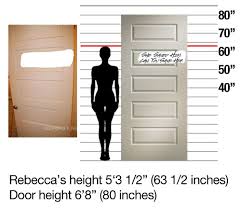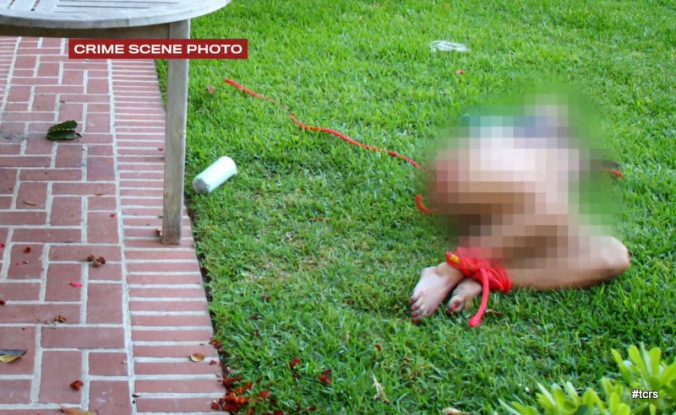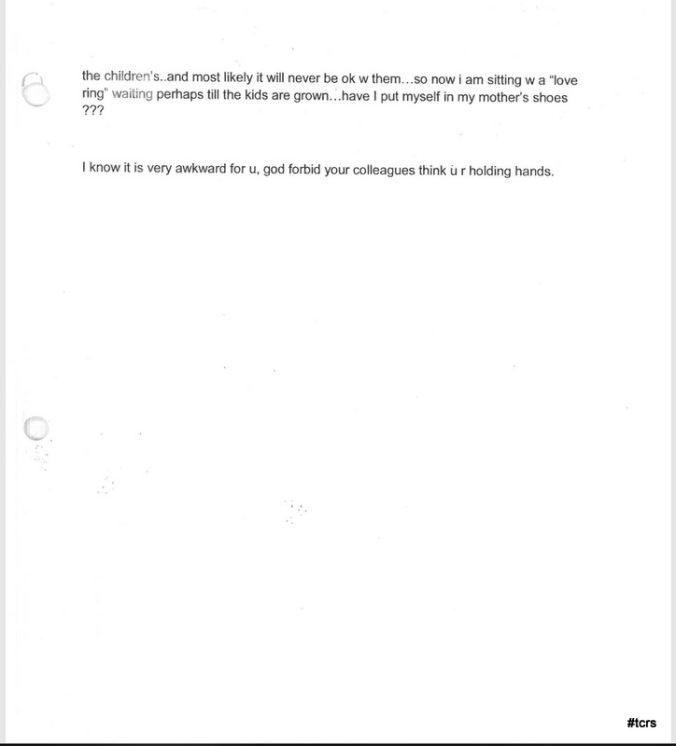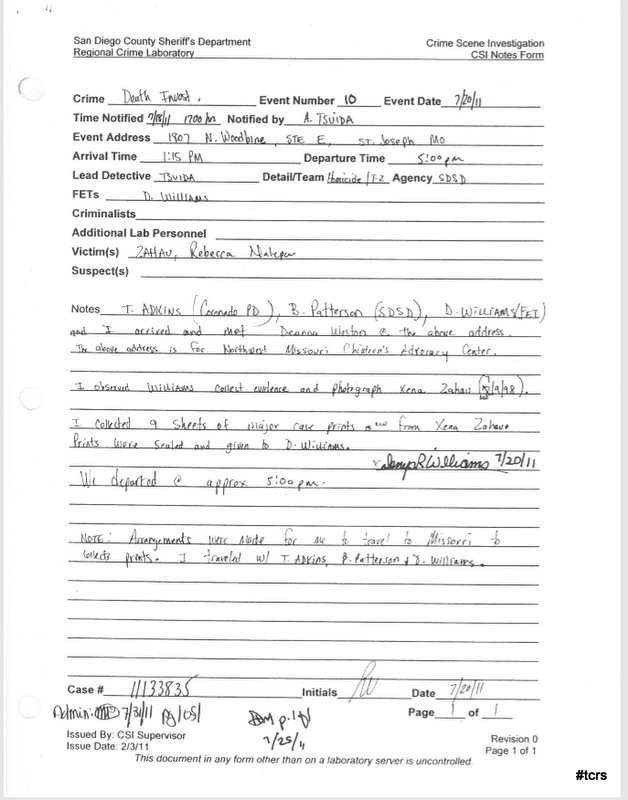What is it with doors and crime scenes? Doors seem to feature almost as characters of their own in many high-profile cases. In the Oscar Pistorius case the door is elevated to a kind of time machine.
Through the 4 bullet holes, when lined up to the trajectory of the shooter and the bullet wounds from the autopsy, the entire split second shooting can be reanimated. I bought a door and measured the recreated the exact ballistics as research for Justice Eventualis, my final book on the Pistorius case.
In the McCann case there was a lot of confusion about front and rear doors in the beginning. Was the front door locked or the rear? Did Gerry McCann do his check through the front door or the rear? Was Madeleine’s bedroom door open or closed? How many degrees was her bedroom door open? How much light was visible insight the room through the partially open door…
A bathroom door also features prominently in the Jason Rohde case. I remember attending two court cases within a few months of each other in South Africa, and both the Pistorius case and Rohde case had the doors removed and reassembled in the court.
In the Rohde case the door was discolored with fingerprint dust and other stains. So many questions surrounded the white hotel door from Spier hotel where Susan Rohde was found bound and dead against. Was she actually hanging behind the door or just sitting? Was it possible to hang from the flimsy bathroom hooks? Would anyone hanging from those hooks not kick around and awaken someone snoozing in a bed immediately opposite the door? And what sort of maximum weight might one of those bathroom hooks actually hold?
Rohde Crime Scene Schematic: What else are we missing? [ANALYSIS]
5 Key Difficulties for Jason Rohde’s Defence [and they’re all unexpected]
Would a CEO really not know how to manually unlock a hotel door with a spoon or a coin?
Interestingly, in the Pistorius and Rohde cases, the height of the victim was critical to figuring out the forensics, and in the Pistorius case, his height without his prosthetics was also vital to figuring out the ballistics.
In the Amanda Knox case, a locked bedroom door, and broken windows and broken door latches all played a prominent role. Ditto the Ramsey case.
With Rebecca Zahau there’s not just a door but a message explicitly painted in bold, black ALL CAPS on the door. The San Diego Sheriff’s Department take a simplistic, reductionist view by simply imagining Rebecca in front of the door and painting the message. In their version she’s the right height, it’s painted with her paint, so it has to be her, right?

In the civil trial counsel for the Zahaus very cleverly did handwriting analysis on the seven word message, something the cops and experts for the defense did their best to scoff at.
But handwriting aside, if we look closely at the model used in the Sheriff’s PowerPoint presentation, she’s wearing shoes with a slight heel, and the door is slanted very slightly away from her. This simultaneously raises the model at least an inch in vertical height, while the slanting of the door lowers the message at least an inch. The model in the image also demonstrates painting her message on the lower line of text.
It’s easy to model the scenario yourself. Stand in front of a door with a pen and pretend the door is a piece of paper. Where would you automatically, naturally start writing your message? Go do the experiment quickly and then come back.
Where would you automatically, naturally start writing your message when standing right beside a vertical door?
Answer: In line with your shoulder, and looking down approximately 45 degrees [mirroring somewhat how one would write on a flat horizontal plane, in a line parallel with one’s bent elbow].
Keith Greer’s exhibit shows the height of the message a few critical inches higher than the police exhibit. The text on the bottom line is clearly above Rebecca’s shoulder level, and the word HIM virtually eye-level or slightly higher.

Sometimes, on these tiny nuances, the height of a message on a door, a trial or an investigation can turn – for better or worse.















































































